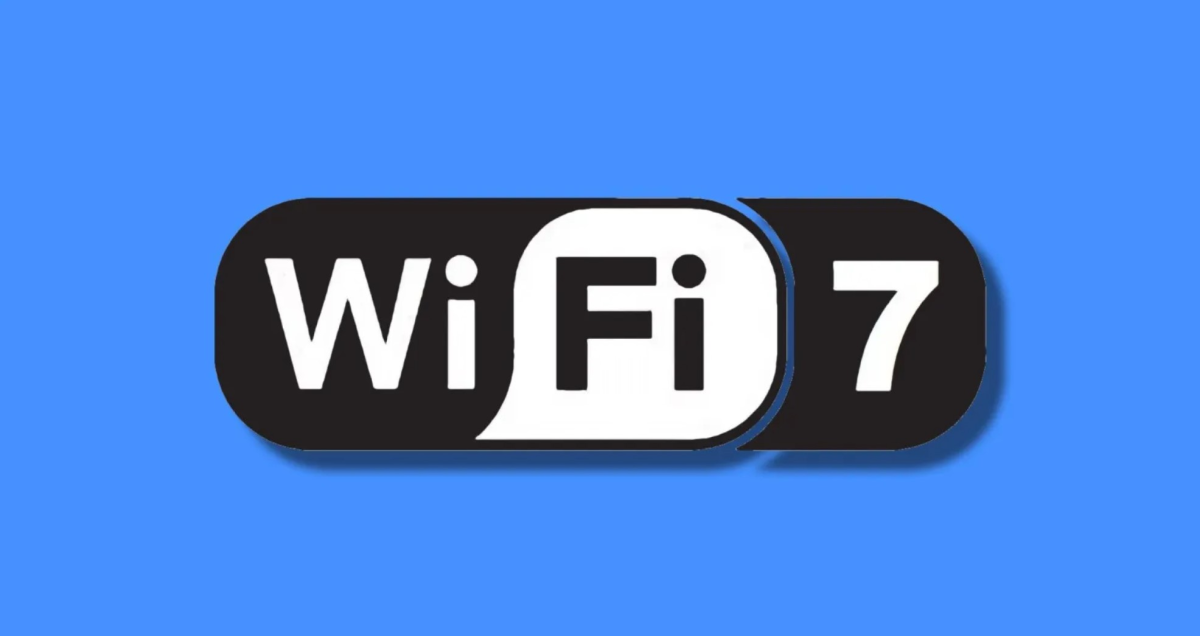What Is Wi-Fi 7? Everything You Need to Know

Wi-Fi 7 brings faster speeds, better reliability, and smoother connections by using wider data channels and multiple frequency bands at once, making it a significant upgrade for devices like the iPhone 16, but you’ll need both a Wi-Fi 7 router and device to fully benefit.
What’s the Deal with Wi-Fi 7?
Wi-Fi 7 is about faster speeds, smoother connections, and handling multiple devices easily. You need both a Wi-Fi 7 router and a Wi-Fi 7 device to experience it fully, though it's backward compatible with older devices.
Wi-Fi 7, also known as 802.11be, was first hinted at back in 2019. It's now certified by the Wi-Fi Alliance, which means it's official! Routers and devices from big brands like Asus, TP-Link, and Apple are starting to roll out with Wi-Fi 7 support.
What’s Different About Wi-Fi 7?
Wi-Fi 7 takes what Wi-Fi 6 and 6E did and dials it up. One key improvement is wider data "lanes" (in the 6GHz band) going from 160MHz to 320MHz. This makes a huge difference in how fast data moves, similar to widening a highway for smoother traffic flow. With this, Wi-Fi 7 laptops, for example, can hit speeds of up to 5.8 Gbps—more than double the top speeds of Wi-Fi 6.
Wi-Fi 7 also brings Multi-Link Operation (MLO), which lets devices connect to two frequency bands at the same time for better reliability and reduced latency. If you're a gamer, into AR/VR, or stream in 4K, this means less lag and better overall performance, even when networks are crowded.
Some Extra Features of Wi-Fi 7
- 1024-QAM: This new modulation technique allows more data to be transmitted with the same signal strength, significantly boosting the data rate.
- Preamble Puncturing: A feature that helps Wi-Fi 7 networks manage interference better by "puncturing" small parts of a frequency band that might be noisy, letting the rest of the data travel smoothly.
- Target Wake Time (TWT): This feature isn’t just for saving energy on smart home devices but also helps battery life on phones and laptops by scheduling data transmission more efficiently.
Do You Need New Gear for Wi-Fi 7?
You need both a Wi-Fi 7 router and a Wi-Fi 7 device to take full advantage. Fortunately, it’s backward compatible, so your older devices will still work with a Wi-Fi 7 router. But the real magic happens when you have both ends of the connection running on Wi-Fi 7 tech.
Is Wi-Fi 7 Worth It Right Now?
Wi-Fi 7 is still in its early days, but the Wi-Fi Alliance estimates that millions of Wi-Fi 7 devices will hit the market by 2024, with billions coming by 2028. If you don’t have Wi-Fi 7 devices yet, there’s no rush to replace your router, but as new products come out (like the iPhone 16), upgrading might make sense in the next year or so.
Some companies, like Broadcom and Qualcomm, are leading the charge with Wi-Fi 7 chipsets, which are the core technology behind the routers and devices that will run on this new standard. These companies are setting the stage for faster, more stable internet across all devices, from smart home systems to gaming consoles.
What’s Next for Wi-Fi 7?
Wi-Fi 7 has the potential to revolutionize not just homes but also industries like healthcare, autonomous driving, and augmented reality. By offering lower latency, higher capacity, and faster data transfer, it will enable more immersive experiences in virtual and augmented reality and make real-time, data-heavy tasks like remote surgeries or smart city operations more efficient.
Where to buy a WiFi 7 capable router
Below is a list of routers that are already available, along with pricing and their respective links in Amazon.com